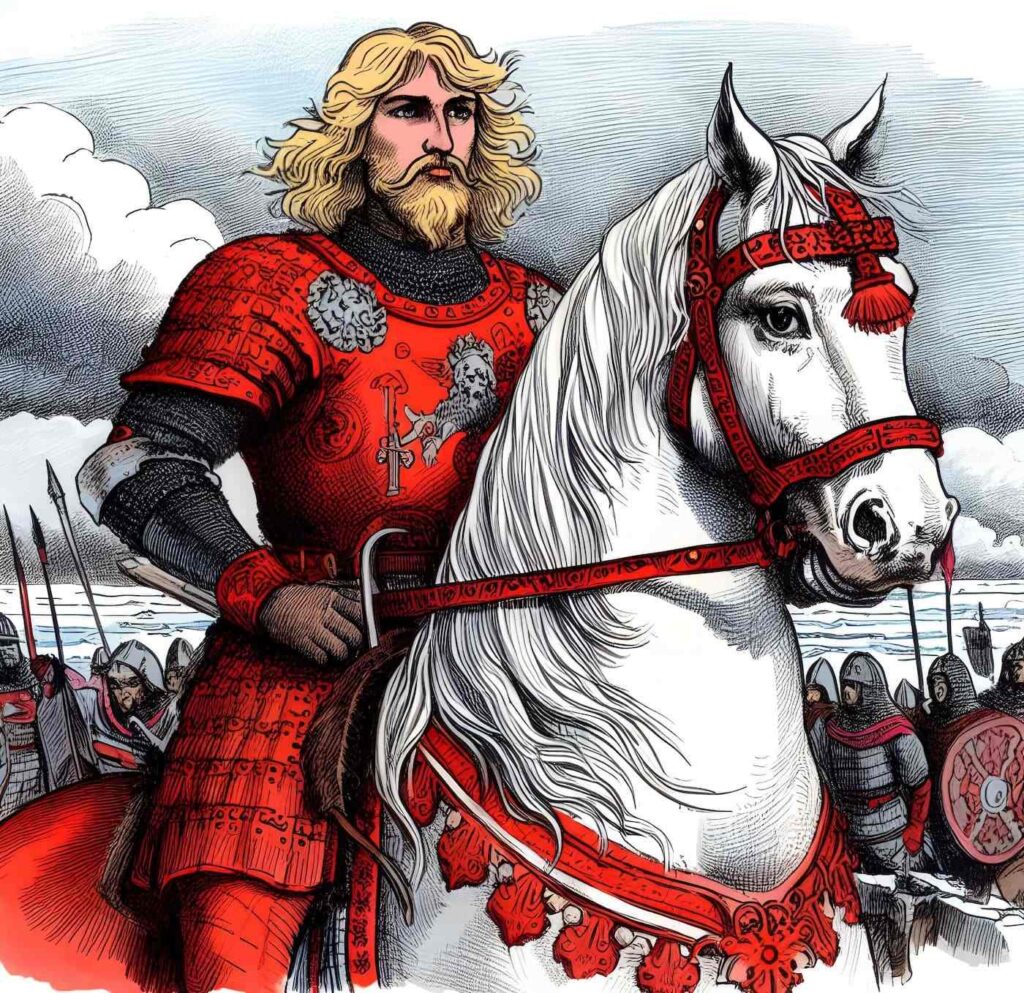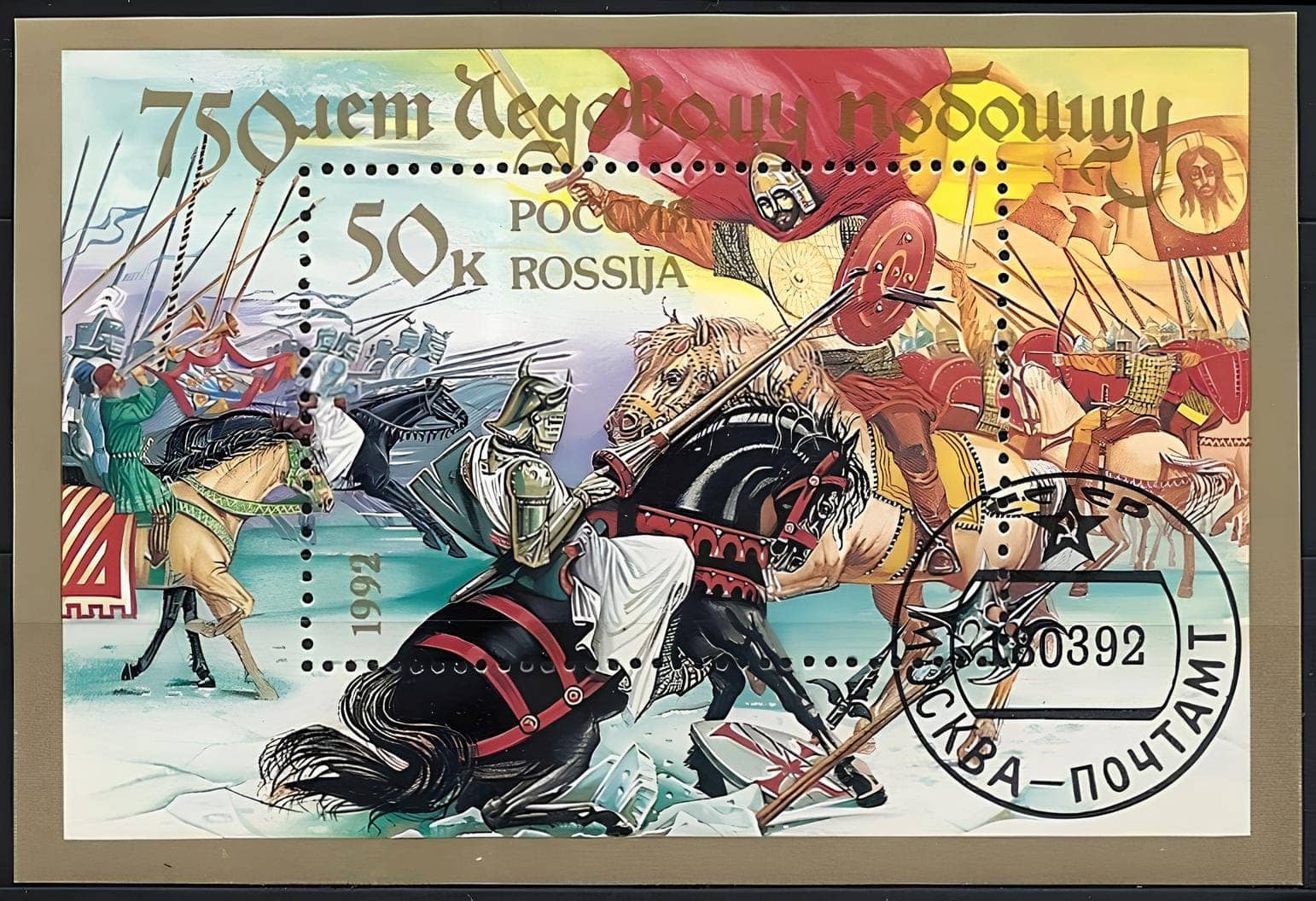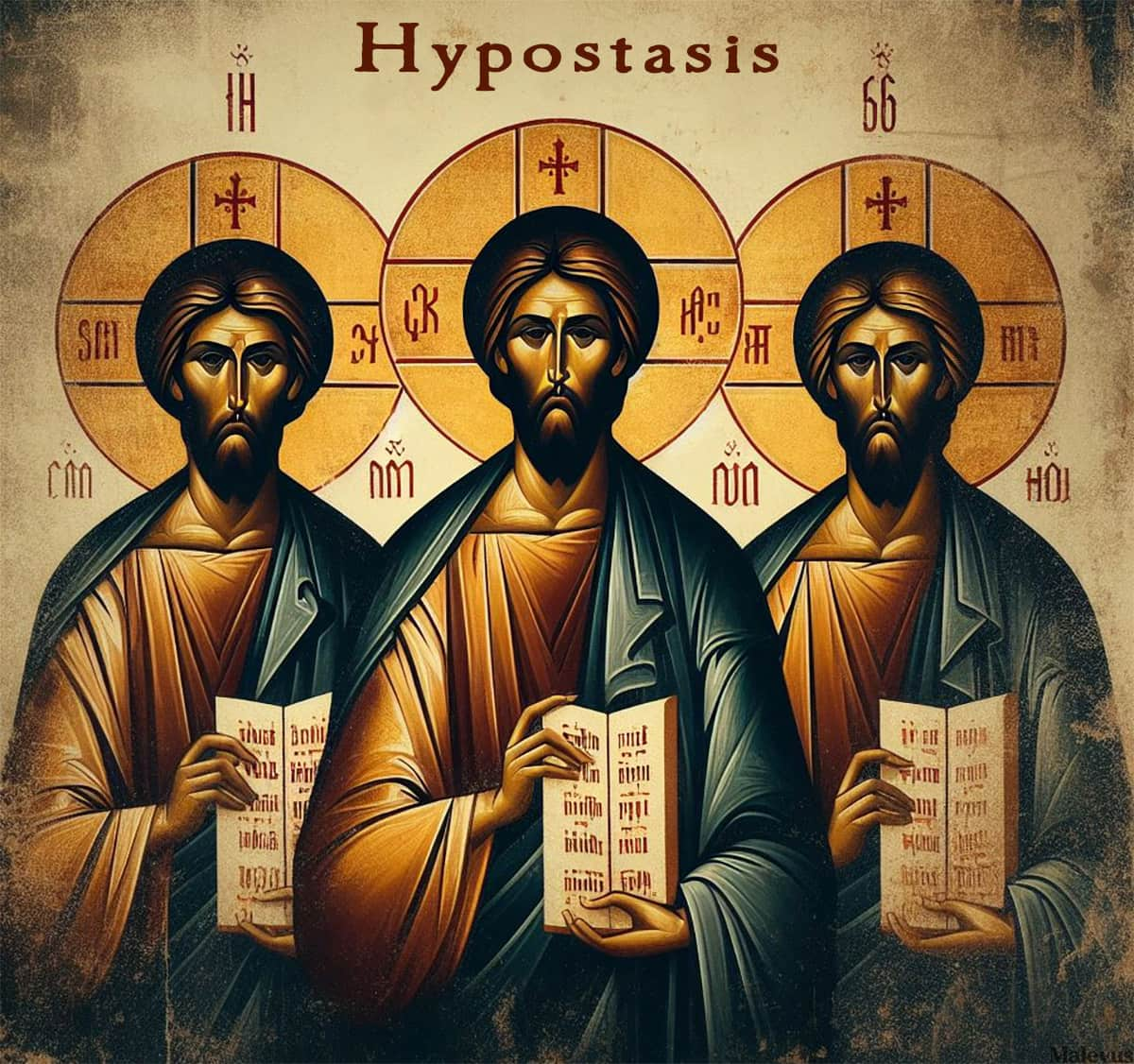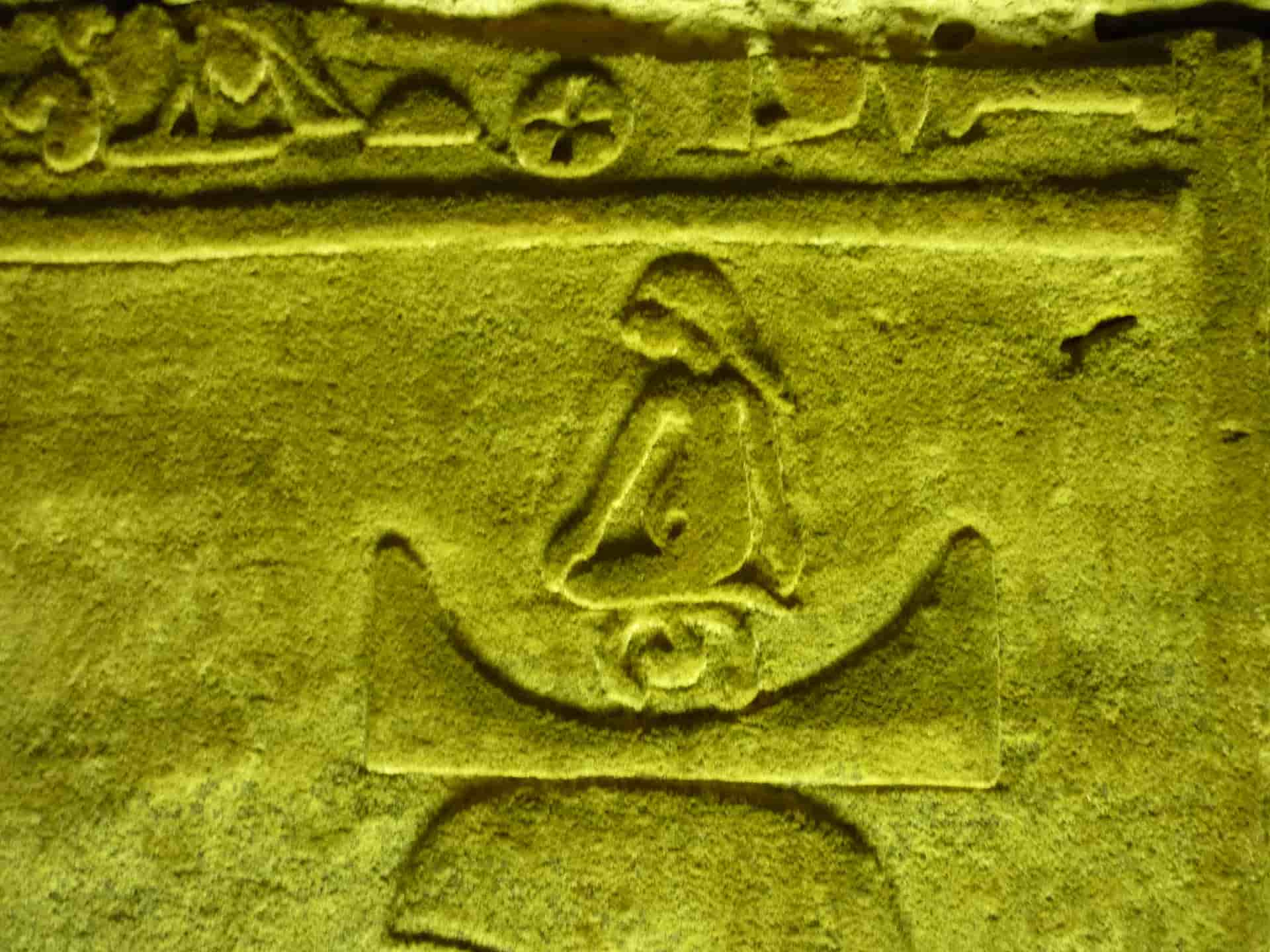The Battle on the Ice, also known as the Battle of Lake Peipus, was a decisive military confrontation that took place on April 5, 1242, on the frozen surface of Lake Peipus, the largest lake in Europe. The combined army of the Livonian Order, the Bishopric of Dorpat, and the Kingdom of Denmark, under the command of Andreas von Velven, the master of the Livonian Order, and Bishop Hermann von Buxhövden, faced off against the Novgorod Republic and the Vladimir Grand Principality under the command of Prince Alexander Nevsky (Alexander Yaroslavich Nevsky). The battle ended with a crushing defeat of the Western invaders and a triumphant victory of the Russian defenders, who secured the independence and sovereignty of their lands from the papal crusade.
The battle took place on Lake Peipus because the frozen lake provided a strategic advantage to Novgorod. The ice surface made it difficult for the heavily armored Teutonic Knights to maneuver, allowing the Novgorod forces to outmaneuver and defeat their adversaries.
The Background of the Battle

The Battle on the Ice was the culmination of a series of conflicts that erupted in the early 13th century between the expanding states of Western Europe and the Orthodox Christian lands of Eastern Europe. The Pope declared several crusades against the pagan and heretical peoples of the Baltic region, such as the Prussians, the Lithuanians, the Estonians, and the Finns, and encouraged the German and Danish knights to conquer and convert them. The Livonian Order, a branch of the Teutonic Order, was the main instrument of papal policy in the region and established a powerful state in Livonia, encompassing present-day Latvia and Estonia.
The Livonian Order also sought to extend its influence and control over the neighboring Russian principalities, especially the Novgorod Republic, which was a wealthy and influential city-state that dominated the trade routes between the Baltic Sea and the Volga River. The Novgorodians resisted the Livonian aggression and maintained their autonomy and faith, despite the Mongol invasion that devastated most of the Russian lands in the 1230s. The Novgorod Republic was ruled by a veche, a popular assembly of citizens, but also relied on the military leadership of the princes of the Rurikid dynasty, who were appointed by the Grand Prince of Vladimir, the nominal overlord of the Russian lands.
In 1236, the Novgorodians invited Prince Alexander Yaroslavich, the son of Grand Prince Yaroslav II, to be their prince and commander. Alexander, who was only 19 years old at the time, proved to be a brave and skillful warrior who earned the respect and admiration of his subjects. In 1240, he defeated the Swedish army at the Battle of the Neva, saving Novgorod from a naval invasion and earning the epithet Nevsky, meaning “of the Neva”. In the same year, he also repelled the attack of the Livonian Order, which captured the fortress of Pskov and besieged Novgorod. Alexander managed to break the siege and force the Livonians to retreat, but the threat was not over.
In 1241, the Livonian Order allied with the Bishopric of Dorpat, a vassal of the Kingdom of Denmark, and launched a new campaign against Novgorod, hoping to take advantage of the Mongol pressure on the Russian lands. The Livonian-Danish army, consisting of about 300–400 knights and several thousand infantrymen, mostly Estonians, marched along the southern shore of Lake Peipus, ravaging the lands of the Votians and the Karelians, who were the allies of Novgorod. Alexander Nevsky gathered his forces, which included about 800 warriors from Novgorod, Pskov, and Suzdal, and marched to meet the enemy on the northern shore of the lake.
The Battle on the Ice had significant implications for the power dynamics in the Baltic region during the medieval era. It marked a turning point in the Northern Crusades and contributed to the eventual decline of the Livonian Order and the rise of the Grand Duchy of Lithuania and the emerging Russian state.
The Course and the Outcome of the Battle
The two armies met on the ice of Lake Peipus on April 5, 1242, a Saturday that coincided with the feast of St. Claudius, a Roman martyr. The battle began with a fierce clash of the cavalry as the heavily armored Livonian knights charged at the Russian horsemen, who were more lightly equipped but more agile and maneuverable. The Livonians tried to break through the center of the Russian line, where Alexander Nevsky placed a screen of archers who showered the enemy with arrows. The Russian flanks, however, held firm and counterattacked, enveloping the Livonian advance. The Russian reserve, led by Prince Andrei Yaroslavich, the brother of Alexander Nevsky, also joined the fray, adding more pressure on the Livonian ranks.
The Livonian army soon began to lose cohesion and morale and started to retreat towards the shore. The Russians pursued them relentlessly, cutting down many of the fleeing soldiers. Some of the Livonian knights managed to reach the shore and escape, but others were trapped on the ice and slaughtered. The Russian chroniclers report that 400 Germans and countless Estonians were killed, while 50 Germans were taken prisoner. The Livonian sources, on the other hand, only mention the losses among the knights of the order: 20 dead and 6 captured. The exact number of casualties on both sides is unknown, but it is clear that the Livonians suffered a devastating defeat while the Russians achieved a glorious victory.
What Were the Tactics Used by Alexander Nevsky?
- He chose the ice of Lake Peipus as the battlefield, knowing that the heavy armor and horses of the Livonian knights would be a disadvantage on the slippery and unstable surface.
- He arranged his troops in a wedge-shaped formation, with the center composed of archers and the flanks of cavalry. He also kept a reserve force under his brother Andrei Yaroslavich behind the main line.
- He provoked the Livonian army to attack first, and then retreated slightly, luring them into a trap. He used his archers to weaken the enemy’s advance and his cavalry to envelop and outflank them.
- He exploited the cracks and holes in the ice, which caused many of the Livonian soldiers to fall into the freezing water and drown. He also used the wind and the sun to his advantage, blinding and disorienting the enemy.
- He pursued the fleeing Livonians relentlessly, cutting them down or capturing them. He also prevented them from regrouping or retreating to the shore.
These tactics enabled Alexander Nevsky to achieve a decisive victory over the Livonian army, which was numerically superior and better equipped. The battle demonstrated his courage, skill, and intelligence as a military leader.
The Significance of the Battle on the Ice
The Battle on the Ice was a decisive event in the history of Eastern Europe, as it marked the end of the Livonian expansion and the beginning of the decline of the crusading movement in the Baltic region. The battle also demonstrated the courage and skill of the Russian warriors, who defended their lands and their faith from the Western invaders, despite the Mongol domination. The battle cemented the reputation and authority of Alexander Nevsky, who became the Grand Prince of Vladimir in 1252 and the leader of the Russian resistance against the Mongols. He was canonized by the Russian Orthodox Church in 1547 and is revered as one of the greatest saints and heroes of Russia.
The Battle on the Ice has inspired many artistic and cultural works, such as the epic film “Alexander Nevsky” (1938) by Sergei Eisenstein, the opera “Alexander Nevsky” (1939) by Sergei Prokofiev, and the video game “Age of Empires II: The Conquerors” (2000).
The battle is also commemorated as a day of military glory in Russia, celebrated on April 18, according to the Gregorian calendar. The battle is also remembered in Estonia and Latvia, where it is seen as a symbol of the struggle for national identity and independence. The battle site on Lake Peipus is marked by several monuments and memorials, honoring the fallen warriors and the victorious prince.






